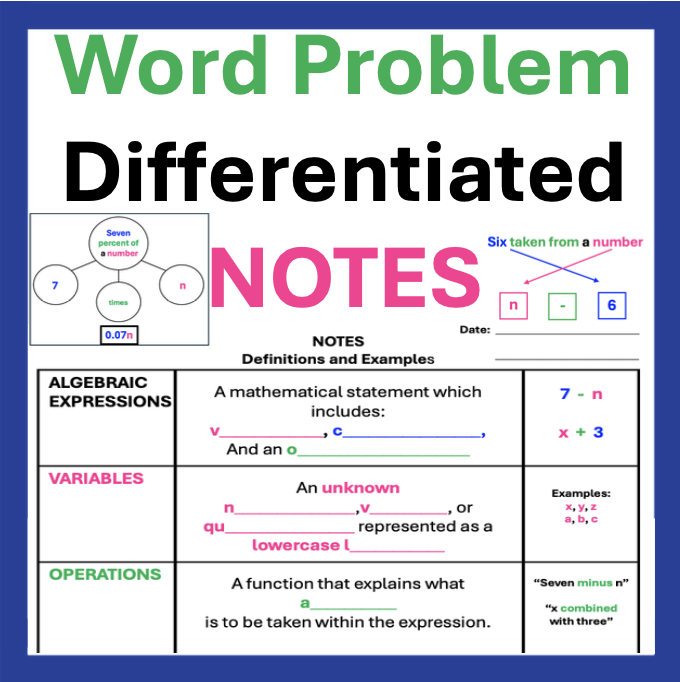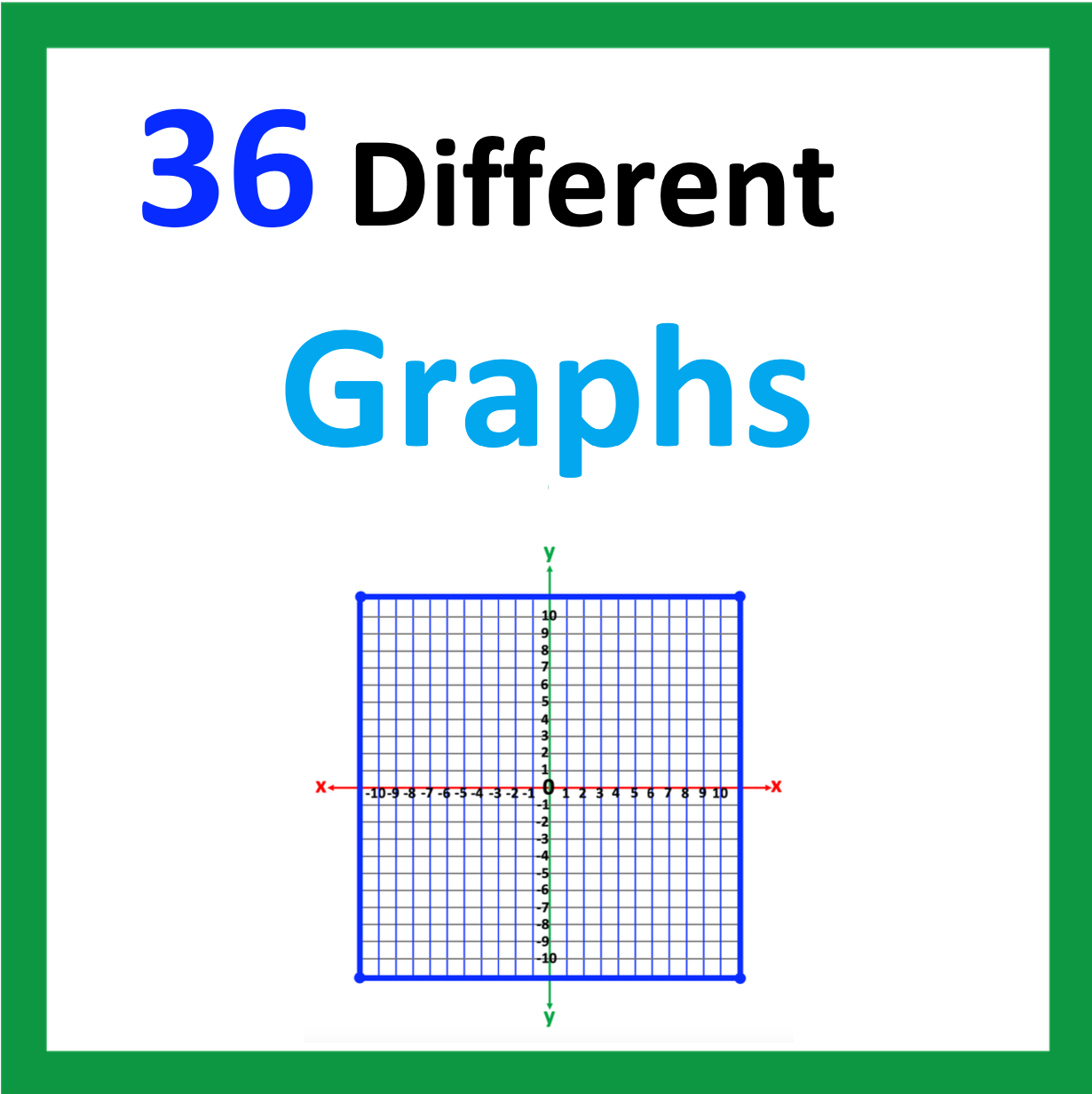Maria is an autistic student in high school, transferring from a special education classroom to your Algebra 1 class. The special education teacher shared that Maria is an autistic person who does well in math. The teacher also adds that Maria is uncomfortable with group work, sensitive to sounds that others may easily ignore, and demonstrates challenges verbalizing what she does not understand. Before leaving, the teacher stated that she would provide a list of accommodations for Maria. She also arranged a time for you to meet with Maria before the first class.
#1 – Student-Teacher Connection

You have just learned that Maria, an autistic student in your high school, will visit you today. When Maria arrives, she enters quietly and sits at a desk to the left of your desk. She appears to look off into the distance, not making eye contact. You notice that Maria is wearing a shirt with horses on it. You mention that you like her shirt and ask if she likes horses. As Maria turns, you observe a small flutter of eye contact. Her face lights up as she explains why she loves horses.
Next, you provide Maria with a handout listing the expectations for the class. You point back to the outline and use highlighters to emphasize each expectation.
In addition, Maria showed you the contents of her binder from the previous math class. You notice that Maria has many color-coded flow charts and graphic organizers. She explained that these pages are helpful for her. As you consider future whole class instruction, you make a note to include more color-coding and other simple step instructions, which will also help other students.
#2 – Peer Pairing
Next, Maria shared that she is very uncomfortable with group tasks as the sounds of others talking make it difficult to think clearly. She also shared that the other conversations in the room interfere with her ability to understand conversations with others.

Furthermore, Maria mentioned that she has a friend in your class and would like to work with her during group work. You arrange for her friend to sit nearby. You add that two other girls will also work with her. To make this transition easier, you arrange for Maria, her friend, and another peer to work together. This will make the transition easier when working with another peer when her friend is absent.
#3 – Sensory Accommodations
Following your visit with Maria, you make notes and review the list of accommodations. In addition to what Maria shared, you notice a list of accommodations to meet Maria’s sensory needs. See the sensory accommodations listed below.
- 1. Sensory break: Five-minute walk in the hallway as needed
2. Use of earplugs or noise-canceling headphones when working on assignments.
3. Group work: may work with 1 – 2 peers outside the door of the classroom in the hallway
4. Test Taking: Maria will go to the test-taking room in the library to take tests.
5. Preferential seating
#4 – Checking for Understanding
Furthermore, in two weeks, you observe that Maria appears to be adapting well, though she scored lower on a test than expected. This surprises you as she did not ask questions about her homework assignments. When you checked in with Maria, she shared that she was not sure how to ask the questions she was having. To help Maria express her questions, you show her how she can mark the questions by leaving a check mark by each problem. Share that she can work on these problems during group work. If the helping peers need help, they may seek help from other peers or the teacher.
Conclusion
In conclusion, at the end of the month, Maria follows 90 percent or more of class expectations, is comfortable working with two other peers during group work, and effectively uses accommodations provided. She also has a B in the class. Though she struggles to organize word problems into calculations, she can understand most of the steps for solving algebraic expressions.
Looking for differentiated notes for word problems?
Click on the link below to learn more.

Other Related Posts

Looking for More Materials?
Click the button below to view more of my educational resources!
